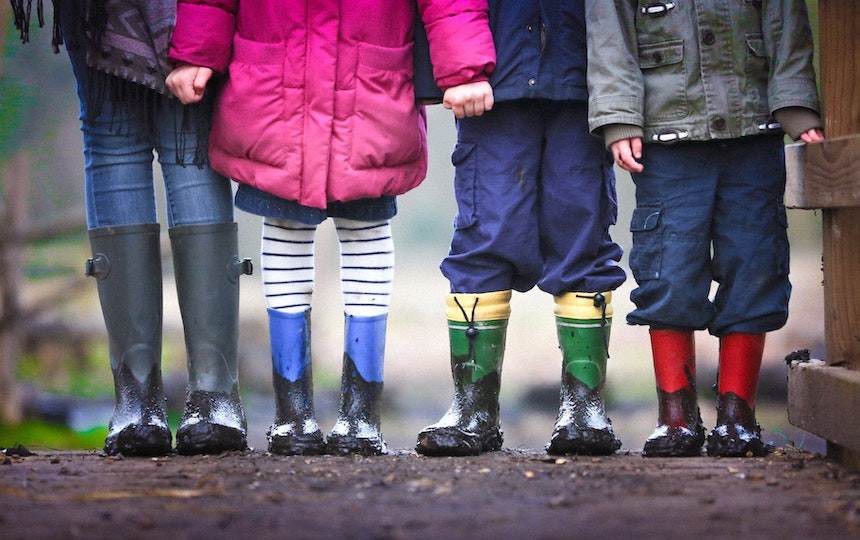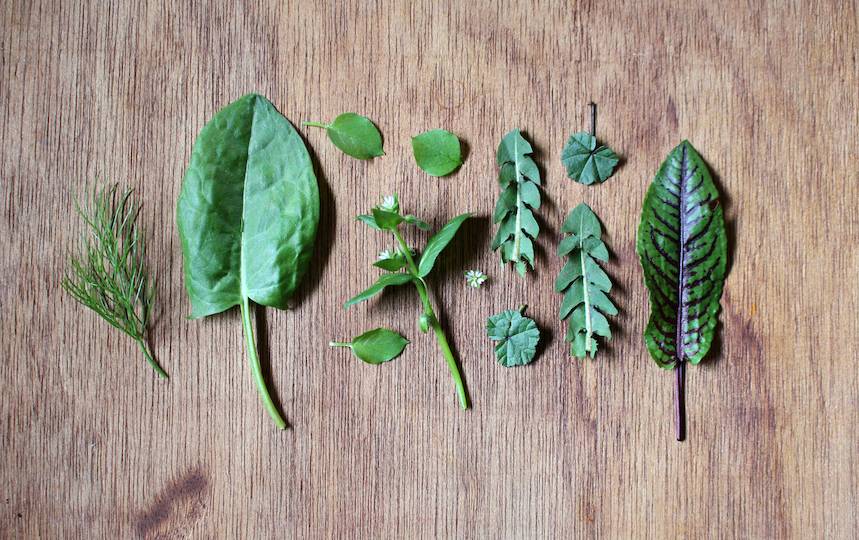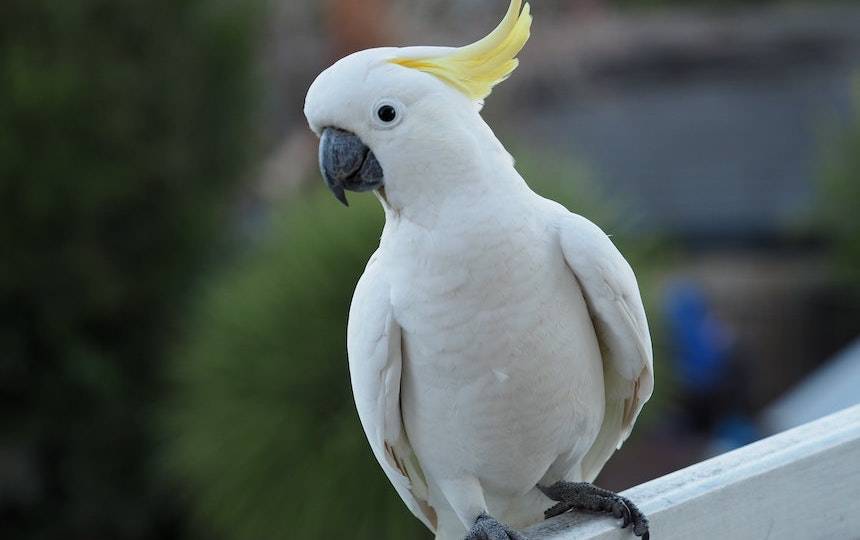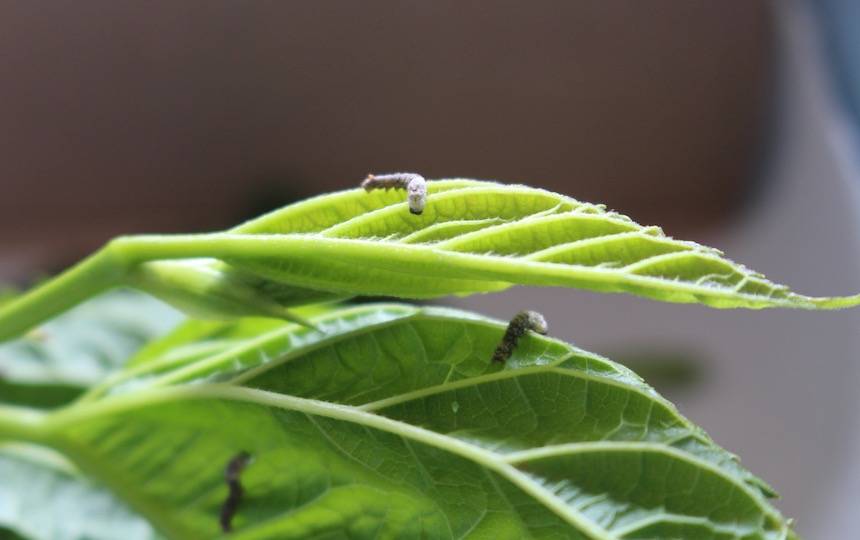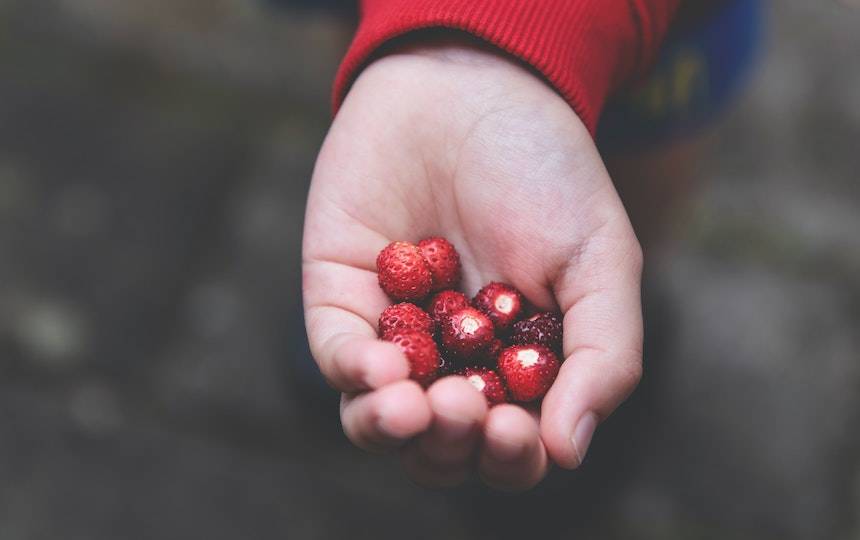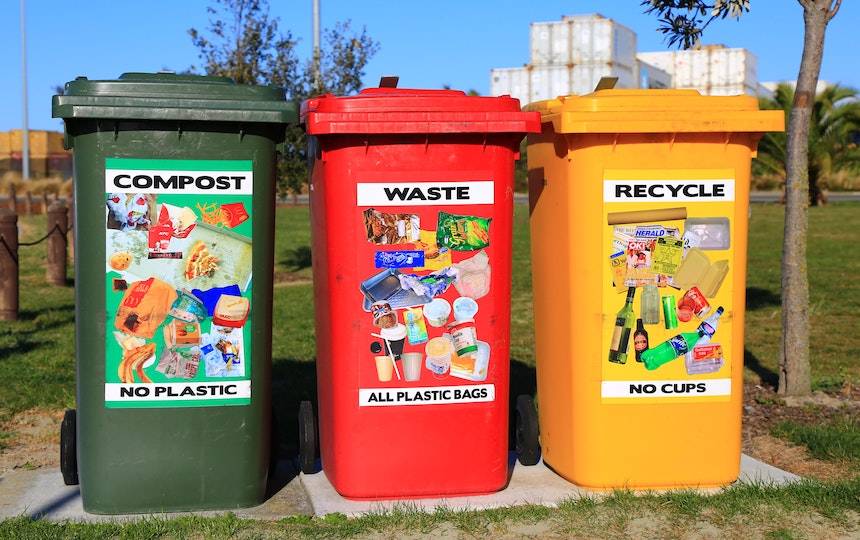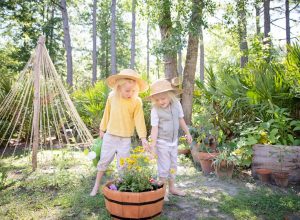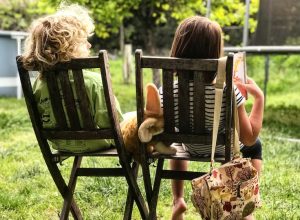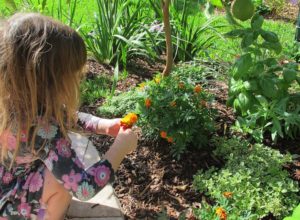Keep cooped up little ones entertained and connected to Mother Earth with these seven ideas for sustainability activities for kids.
These seven activities are not only fun, they’ll provide your kids with buckets of wholesome “vitamin N”, and include everything from excuses for outdoor play to ideas for inspiring future eco warriors. And they all provide ways to foster sustainability activities in your day-to-day life.
After all, creating a deep connection between your kids and the natural world is a long-term investment in sustainability.
Weed hunt
Plant-literacy – just like alphabets and numeracy – is easily absorbed when you’re small. Learning to “read” plants is an important sustainability skill that will stick with your kids for a lifetime.
If you’re not confident in identifying edible weeds then you can use a weed hunt as a reminder to kids to always double check with an adult if something is safe to eat.
Pick a selection of weeds that are easy to find in your garden. Make a paper label for each leaf and lay them out in a grid with the correct labels (a weed guide – like the one in each issue of Pip Magazine is very helpful here!). Then gather up and shuffle labels and see if your child can correctly match them again.
Now head outdoors and see if they can find the same leaves in situ. Discuss the elements that make each leaf unique and different from one another. Again, consult a guide if you yourself are unsure. Now make a wild weed pie to reward your efforts!
Campfire
When the season is right, a crackling campfire can be a deeply spiritual and connecting experience. It’s a great opportunity to spend some time outdoors under the stars, plus cooking your dinner in a backyard fire-pit is both simple and fun.
Kids will love helping toast damper on sticks, baking potatoes in the coals or flipping sausages. And eating outdoors means less clean up for the adults at the end of it!
If you want to get educational, fire is an opportunity to discuss the carbon cycle and the difference between renewable and non-renewable fuels. Or just take the time to sit back, look up at the stars and explore the wonder of the cosmos.
Cloud watching
Cloud watching is the perfect antidote to zone-out screen time. It’s a calming and creative activity for kids and adults alike that takes little more than a clear day and a mood for mindful exploration.
The mental health benefits of being in the expansive outdoors are becoming more well-known, and cloud gazing is an easy way for everyone (including city-dwellers) to connect to the infinity of the horizon.
Cloud watching allows us a connection to the ebb-and-flow of the earth as you watch the weather drift by. You can ramp up the educational aspect by learning your cumulonimbus from your cirrus clouds and the weather each portends. Or simply let your kids’ imagination run wild as they search for entertaining and interesting shapes in the mist.
Twitching
Bird watching is another mildly-mindful activity that will appeal especially to small-sized “collectors”. This is a great one for kids who are animal lovers or those who are addicted to the chase of swap cards or any other collectible.
Grab a guide to birdwatching in your area (for Melburnians we love Melbirds, a free resource especially for kids) or create your own list. Then go about checking off each bird as you explore the wilds of your local nature reserve or the depths of the backyard.
You can even go a step further and learn a few bird calls, start trying to “read” the landscape based on bird activity or learn more about pest versus endangered species.
Hatch some silkworms
Hatching silkworms is great for teachable moments around an animal’s lifecycle. But it also gives kids an opportunity to learn a bit more about plant identification and explore and connect to their own neighbourhood. That’s because silkworms are voracious eaters, and they only eat the leaves of mulberry trees.
If you don’t have a tree of your own then you’ll need to get good at spotting these graceful (and delicious) trees in your neighbourhood. It might create opportunities for befriending neighbours or getting to know the streets in your hood expertly as you search for fresh leaves.
You can purchase silkworm eggs online or try a local kindergarten who may “overwinter” some eggs in the fridge. Apart from that all you need is a shoebox and some enthusiastic mulberry-sleuths and you’ll be rewarded with beautiful silk cocoons (which double your parenting points as a craft activity!).
Plant a foraging patch
Kids are natural foragers. Have you ever noticed your little ones are happy to munch on a bunch of soursob from the naturestrip, but refuse greens when presented on a dinner plate?
Much of children’s eating fussiness is simply down to power play. Not an actual unwillingness to ingest unprocessed food, but rather a desire for agency. So give your kids full control by creating a foraging patch in your garden.
Try wild strawberries, perennial fennel, edible flowers or even snacktastic sized fruit like mulberries, lillypillies or crabapples. In our garden we keep a patch purely for our kids to “tend” and graze – full of these sturdy plants that can take a heavy harvest and a trampling or two.
Rubbish audit
One easy way for children to see the impact of humans on our earth is through plastic pollution. As well as hearing about the topic at school and in the media this aspect of sustainability is one that children can feel some real agency in.
The climate crisis may be a pretty overwhelming and abstract concept for kids. But understanding that reducing waste can help the earth may be easier for little ones to grasp. This doesn’t mean you must keep big topics like melting ice-caps under wraps, but rather think of exploring waste as an entree to environmental advocacy.
One really hands-on way to come to grips (literally!) with your trash is by doing a rubbish bin audit. For a full guide we recommend checking out ‘A Family Guide To Waste Free Living‘ from the heroes at Spiral Garden.
Got some great ideas to keep kids occupied at home? Comment below and keep the conversation going!

